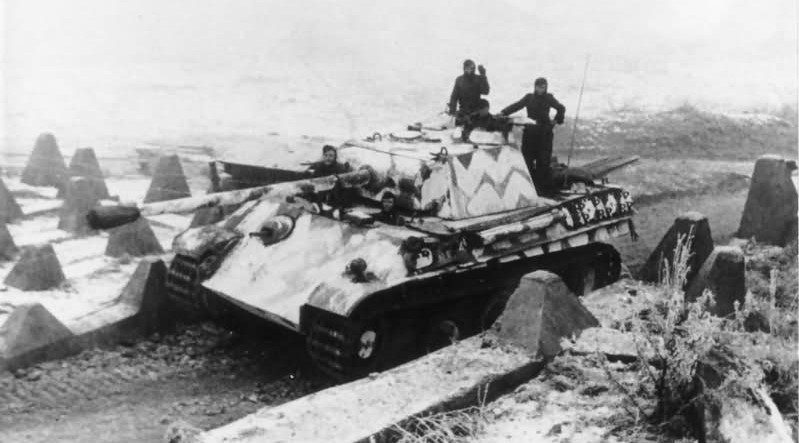Following D-Day, the Allies fought a grueling battle against German forces in Normandy. It was a fight whose outcome would determine the course of the Second World War.
Each side had some areas in which it was better equipped than the other. For example, the semi-automatic Garand rifle was a great asset for the Americans. But since 1942, the German armaments industry had been strongly focused on quality over quantity, thanks to Albert Speer’s realization that they could not match the Allies for sheer volume of resources. This gave German troops the technological advantage, thanks to superior equipment in several areas.
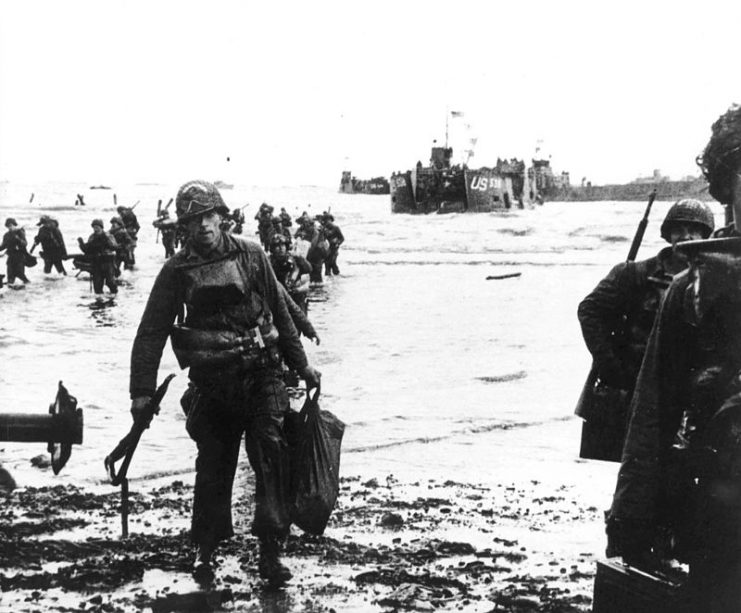
Machine Guns
In an infantry fire-fight, the thing that usually counted the most was getting a volume of fire into the air. While the Americans and British were well-equipped with rifles, these were not the weapons that conferred the greatest advantage. In fact, research by the American Army showed that fewer than one in six rifles were even fired in any given fight.
What mattered were machine guns, and here the Germans had the advantage thanks to two guns – the MG34 and the MG42.
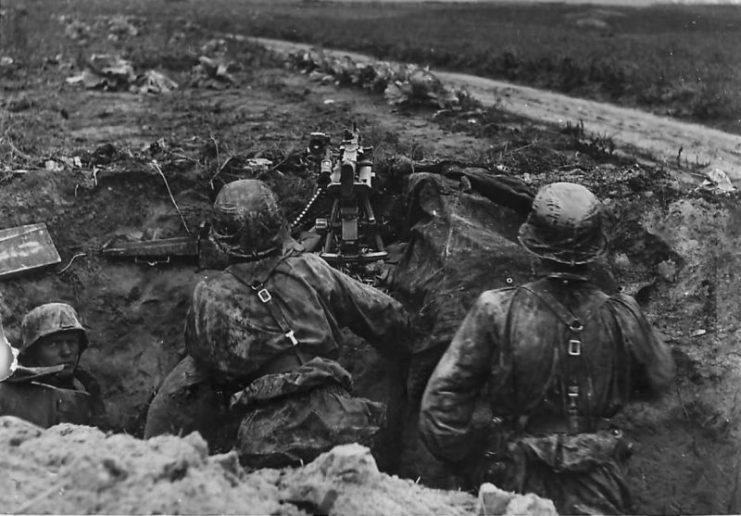
Developed between the wars, the MG34 was a relatively light weapon, making it easier to carry, but still provided excellent firepower.
One of the most important machine-guns in history, the MG42 was descended from the MG34, incorporating captured Polish innovations alongside German advances. It could fire 1,200 rounds per minute, twice as many as comparable Allied guns. It had great range and accuracy. It could be carried forward in an assault or supply sustained fire from a tripod mount.
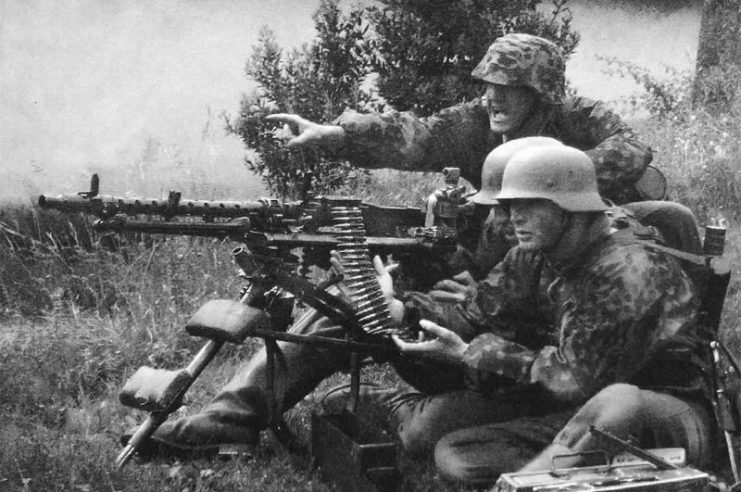
Reliable and easy to maintain, the MG42 was also relatively cheap to manufacture, letting the Germans equip many men with it. A German infantry company had 16 machine guns, compared with 11 in an American company and only 9 for the British.
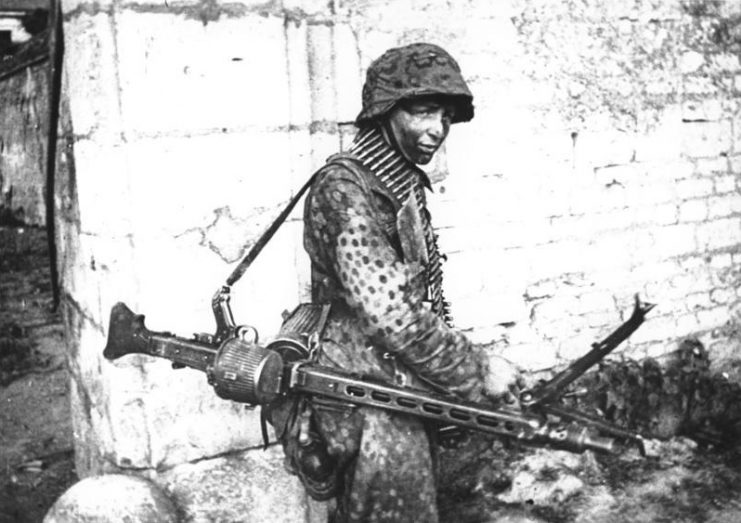
Equipped with a greater number of better machine guns, the Germans had a huge advantage in an infantry exchange.
Grenades
The difference between German and Allied grenades was simple yet significant. The German “potato masher” style devices had a handle. This allowed Germans to throw their grenades further than their opponents could.
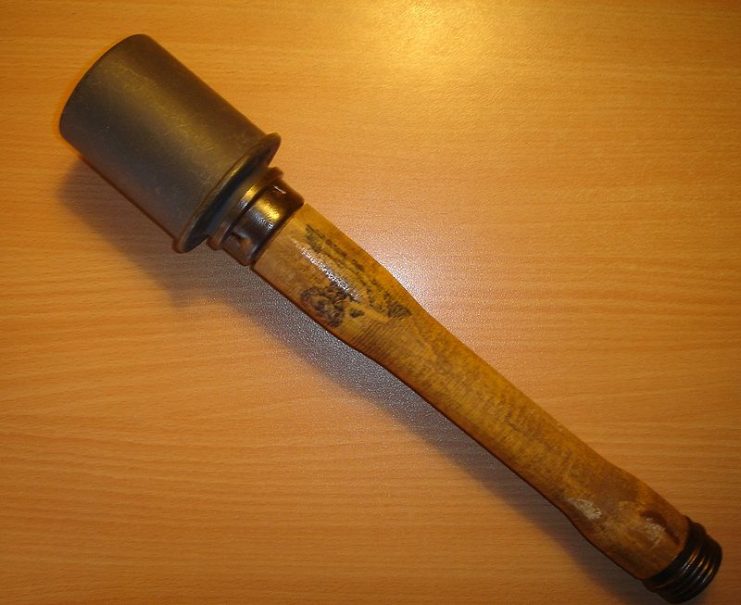
Nebelwerfer
One of the most dreaded German weapons was the Nebelwerfer. This term covered a range of bomb-throwing weapons whose multiple barrels could rain down a heavy mass of explosive power.
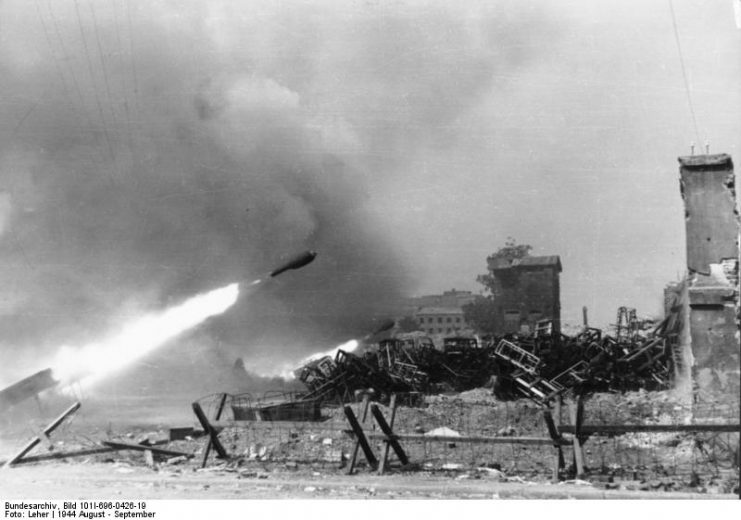
The Nebelwerfers used in Normandy came in three sizes. They flung bombs weighing between 75 and 277 pounds at ranges of up to 8,600 yards.
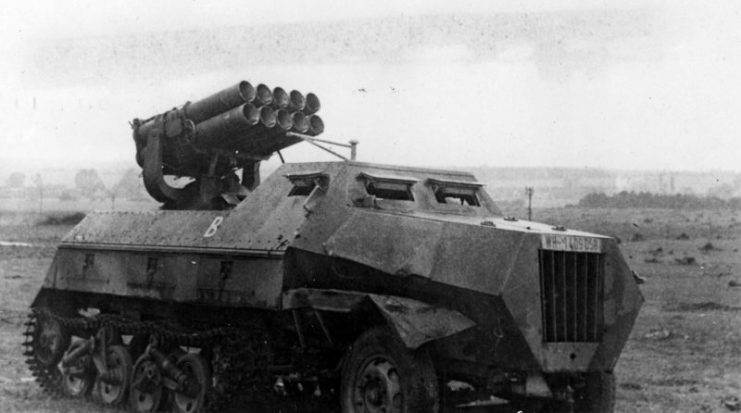
A siren fitted to the bombs meant that they made a wailing noise as they hurtled through the air, telling the troops below that they were coming. This added to the psychological impact of the weapons.
Tanks
The imbalance was most noticeable when it came to tanks. Allied tanks seldom penetrated the armor of the German Panther and Tiger tanks, unless they were able to hit a weak spot at close range. American Sherman tanks, on the other hand, were often destroyed by a single hit from their opponents.
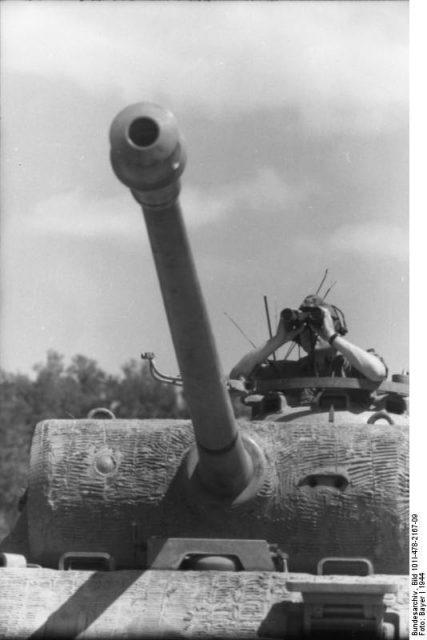
The superiority of the German tanks was simple to describe – they had tougher armor and better weapons. As a result, they could demolish Allied tanks at a range where they suffered no damage in return.
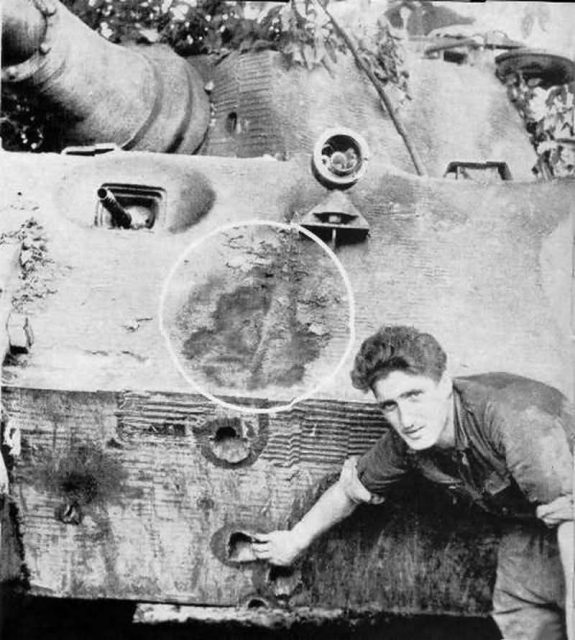
The main tank of both the American and British armies was the Sherman. It was a reliable, relatively light vehicle, faster moving and with a higher rate of fire than the German tanks, reflecting the American interest in fast-paced advances. But its armor was thin and its gun far less powerful than those of other Allied tanks and those of their opponents.
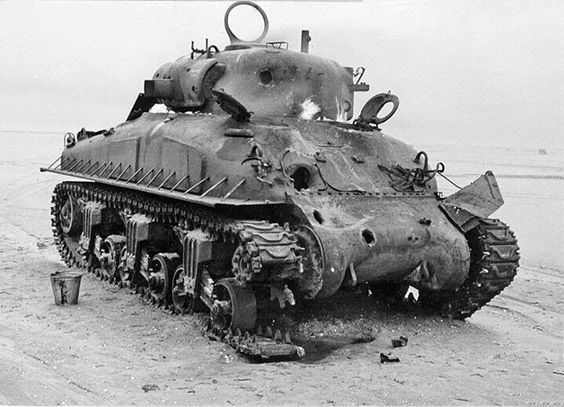
British tanks were also under-gunned. Like the Americans, the British had not appreciated the need to keep making heavier guns as tanks improved over the course of the war. Though harder hitting than Shermans, Churchill and Cromwell tanks were still inferior to the German vehicles.
Anti-Tank Weapons
By this point in the war, both sides had created infantry-portable weapons designed to destroy tanks. The American bazooka, though functional, didn’t have the power to break through the armor of German tanks. The British spring-loaded PIAT only had a range of 115 yards, meaning that the user had to be dangerously close to his target to stand a chance of hitting it.
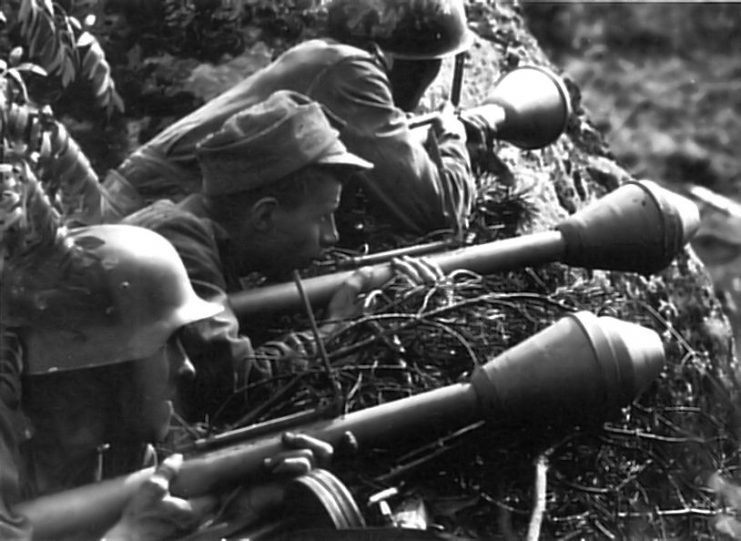
The German Panzerfaust, on the other hand, was the best infantry anti-tank weapon of the war. A single one of these one-shot rockets could take out an Allied tank. It was so effective that Allied paratroopers started seizing them and using them in preference to their own equipment.
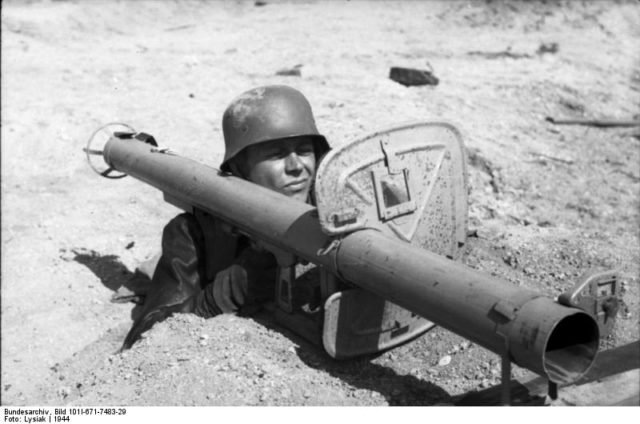
Image Source: Bundesarchiv, Bild 101I-671-7483-29 / Lysiak / CC-BY-SA 3.0
The Germans also had the advantage in towed anti-tank guns. Early in the war, they had started using their high-velocity 88mm anti-aircraft guns against ground targets, and these proved to be great weapons for taking on armor.
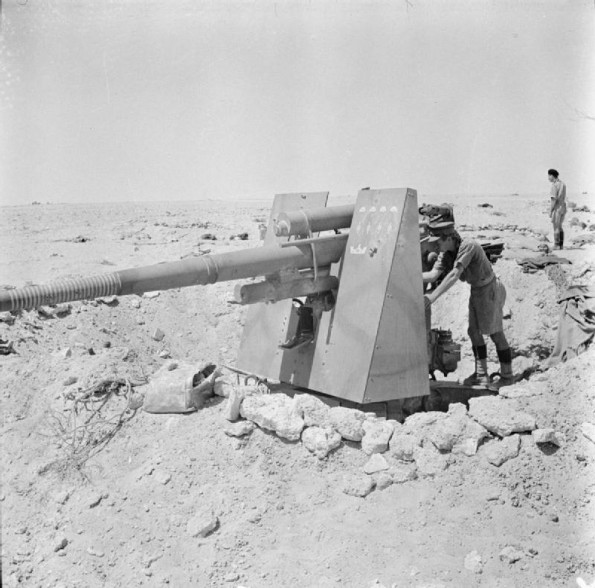
Their armor penetrating shells regularly ruined Allied vehicles and brought assaults to a stop. They could fire high-velocity airburst shells which caused carnage among exposed infantry. British 25-pound guns could force the enemy to keep their heads down, but they had nowhere near the impact of this weapon.
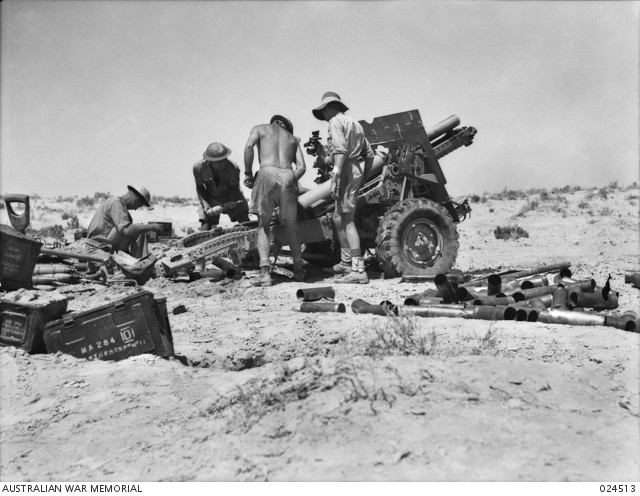
Why Technology Wasn’t Enough
Given the circumstances, there was little the Allied commanders could do about this technological disadvantage. They tried to suppress talk of inferior weapons, worried that it might hit morale. But until whole new waves of weapons could be provided, they were stuck with what they had.
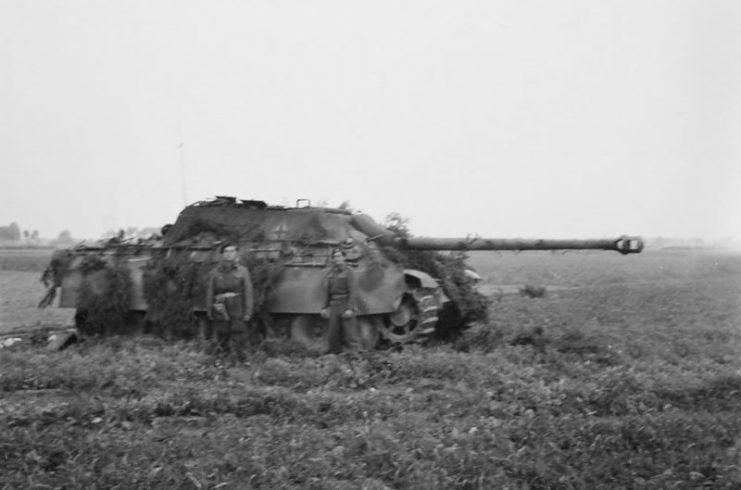
This mattered to the way the war was fought, and to the number of casualties they lost along the way. But ultimately, superior technology wasn’t enough to give the Germans victory. They were outnumbered, their infrastructure ragged from bomber raids, trying to hold a country that wanted them gone, and commanded by a man unwilling to face unpleasant realities. Despite their better guns and tanks, within months they were driven out of France.
